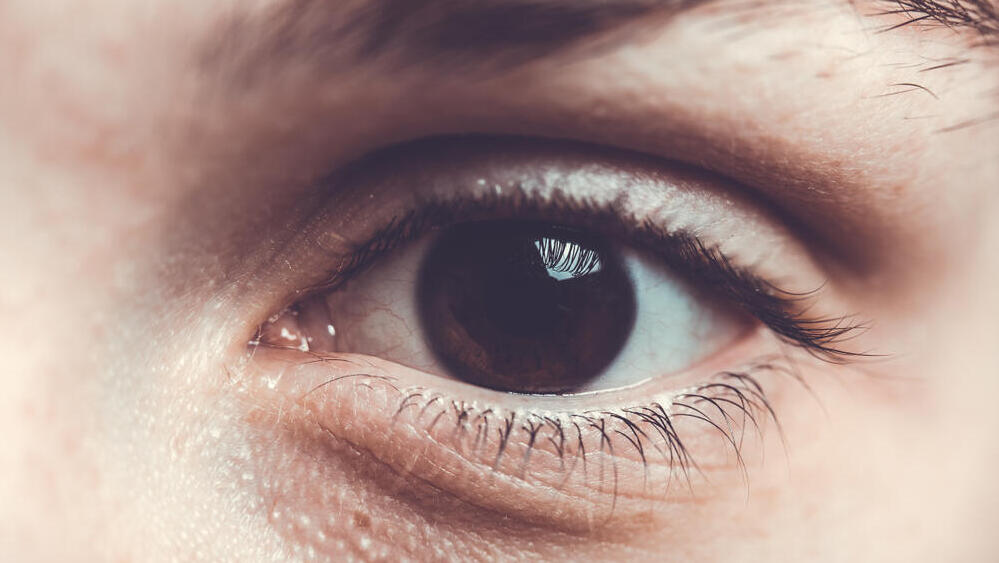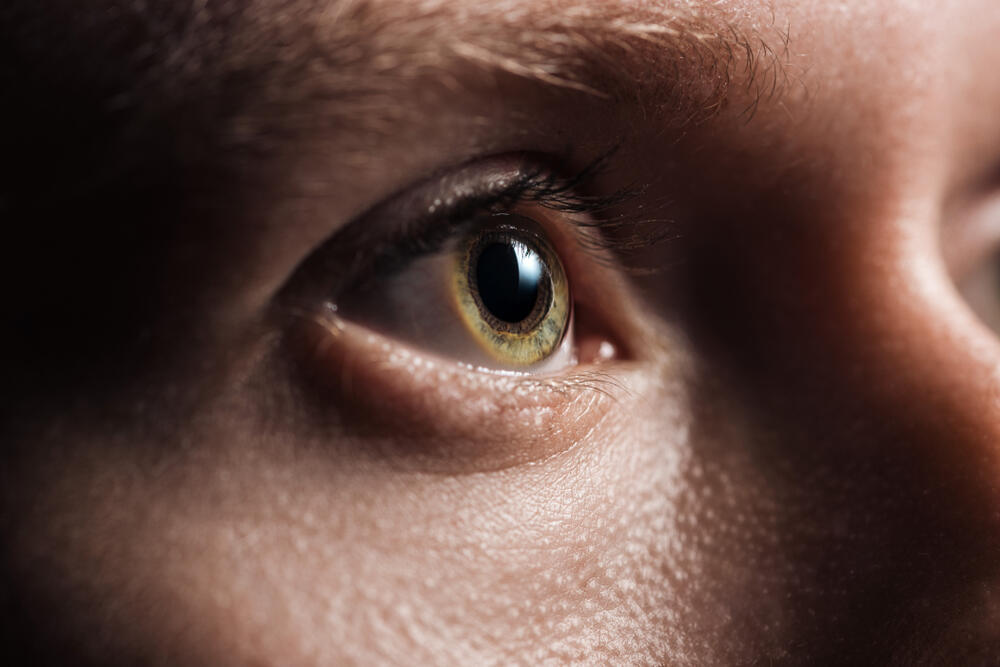"They emerged from a prolonged darkness and slowly adjusted to the light," This is how hospital teams described the captives who returned from Hamas captivity this week. According to testimonies, at least some of the captives were held in harsh conditions in an underground facility - with sparse food and no shower.
Read more:
According to one of the captives, "It was deep, five stories below ground; they allowed us to be in the light for two hours a day." Some of the captives requested sunglasses in the hospitals when they returned to the surface, to better adapt to the daylight. Experts believe that in most cases, adapting to new lighting conditions is relatively rapid.
In our well-lit world, whether natural or artificial, prolonged darkness is rare. What happens to a person imprisoned in captivity when they are disconnected from the external world and experience prolonged darkness? How might extended stays in dark tunnels affect the vision of the captives, and what can be done to ease their condition after release?
"When we find ourselves in darkness, our eyes initiate the process of adaptation. The pupil enlarges to allow more light into the eye. This process may take several minutes to half an hour until full adaptation is achieved. Within the retina, there is a protein called rhodopsin, which is sensitive to light. In darkness, the level of rhodopsin rises, allowing us to see better in low-light conditions. This is part of the process known as 'night vision,'" explains Dr. Nakhoul Nakhoul, a specialist in eye diseases and retinal surgeries at the Rambam Medical Center in Haifa.
According to him, "The effort required for the eyes to adjust themselves to prolonged night vision may lead to fatigue and strain. Additionally, prolonged exposure to darkness can cause blurred vision, difficulty adapting to light, and temporary difficulty in color recognition. Sensitivity to light may develop, necessitating the occasional use of sunglasses when returning to daylight."
Can prolonged exposure to darkness cause long-term damage to vision?
Prof. Michael Mimoni, the head of the Cornea Unit in the Department of Ophthalmology, and Dr. Yonina Ron, Chair of the Pediatric Ophthalmology Department at Rambam Medical Center, explain that the visual system in young children hasn't completed its development, and any change in visual stimulation can impact the ongoing development of this delicate system. The younger the child, the higher the risk of potential harm.
"In the case where a child is in darkness for most of the day, the visual stimulation that the system needs to continue developing may be insufficient and pose a risk for the development of amblyopia or lazy eye," says Professor Mimonny. Amblyopia is a condition where the visual center in the brain, the region responsible for vision, does not receive adequate stimulation and does not develop properly. The longer and more significant the sensory deprivation, the greater the risk of impacting visual development.
Since the damage is not to the eye itself but to the visual center in the brain, Dr. Ron explains that this is an injury that cannot be fixed afterward with surgery or glasses. In exceptional cases, it may be irreversible and impact the individual throughout their life.
"There are studies that have examined the influence of darkness on the development of the visual system in young animals, and some results indicated relatively rapid development of amblyopia. There are no studies on the consequences of prolonged darkness in children, but we are familiar with the phenomenon from research involving children who suffered from ptosis or congenital cataracts that were not treated promptly. Even after resolving the light obstruction, the damage to vision itself does not disappear."



